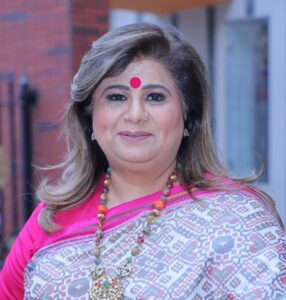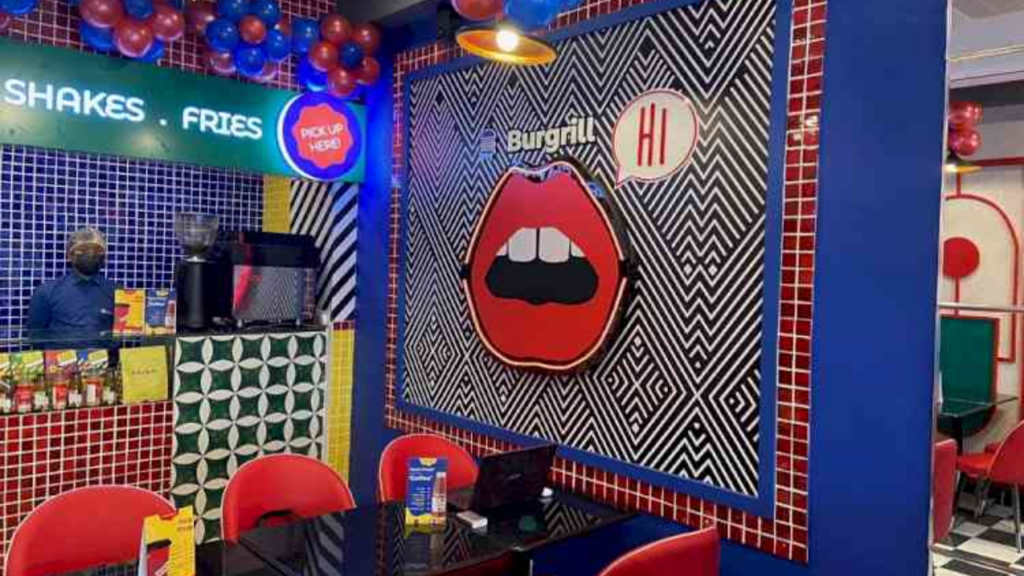Is Artificial Intelligence Taking Over Student Life?

Dr. Alka Kapur
Principal, Modern Public School
As artificial intelligence (AI) continues to revolutionize the educational landscape, questions are being raised about its impact on co-curricular activities such as sports, arts, and clubs. Some worry that increasing screen time and dependence on technology might overshadow physical activities and creative engagement. However, the reality is far more nuanced. AI is not replacing these traditional student experiences but is, in many cases, enhancing and enriching them.
Enhancing Sports through Data and Performance Tools
In the field of athletics, AI is emerging as a valuable ally. Coaches and trainers can now use this partner to monitor an athlete’s performance, assess potential injury risks, and design customized training programs based on real-time data. With this technology, student athletes would know and understand their strengths and weaknesses through real-time evaluation and then improve their game in strategic ways. AI does not minimize the physical aspect; rather, it makes them train smarter, not harder.
Smart wearable, motion tracking systems, and even AI-based nutrition advisors are becoming routine in many sports clubs. These tools assist optimize performance and minimize the chances of burnout and injury. Therefore, AI does not occupy a niche in replacing sports; rather, it brings a new dimension to coaching and athlete development.
AI as a Creative Companion in the Arts
When looked at as a partner in the art-making process rather than as a threat, AI becomes a tool that students can use to compose music, create illustrations, write scripts, and even choreograph dance notations. While AI will never be a substitute for the heart or the soul of creativity, it can serve the purpose of inspiring, automating technical tasks, and simulating complex artistic styles.
One example is that students can explore a wide range of art forms through virtual reality and use AI-generated design tools to experiment quickly with new techniques. This highlights the fusion of art and technology, aiming to expand more creative expressions and include a wider range of artistic forms.
Making Clubs More Organized and Accessible
Classes and collegiate clubs are fundamental to social practice, leadership, and recreational interests. AI helps streamline clubs activities, from setting meetings with smart scheduling apps to tracking attendance and analyzing engagement for improved participation.
AI solutions also help clubs reach a larger audience, allowing smooth event planning, announcements, and outreach. In cases where students might find it difficult to offer their participation in a day-to-day format due to distance or physical challenges, AI offers to create alternative means for inclusion.
Balancing Concerns with Benefits
While AI is improving many aspects of student life, some legitimate concerns have been raised. Educators and parents worry that excessive reliance on technology can lead to decreased human interaction, less physical movement, and even a decline in authentic creative act. And these concerns are genuine, but often stem from the misuse or overuse of such technologies.
AI needs to be introduced as an assistive technology rather than a substitute for interactions in the real world. Schools are critical in guiding students toward a healthy balance between tech-assisted and physical learning and creativity and social engagement.
In Gist
AI is not a threat to sports, arts, and clubs; rather, it has emerged as a vibrant enabler for sports training, artistic frontiers, and club management. AI must be thoughtfully and judiciously used to complement rather than replace cherished activities in student life.
With an ideal balance between tradition and technology, today’s students are not choosing between AI and extracurriculars; they are embracing the best of both worlds.



